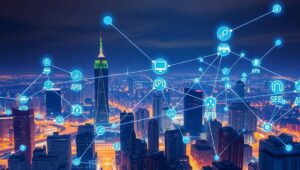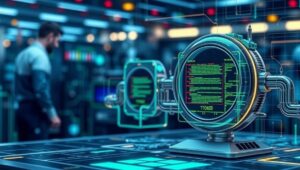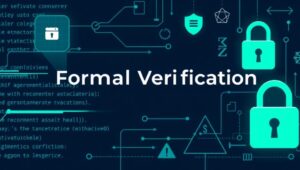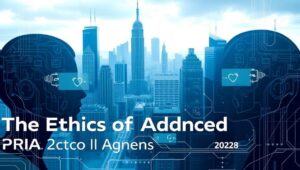WebAssembly (Wasm) Dominance: Beyond the Browser (2025)
WebAssembly (Wasm) Dominance: Beyond the Browser (2025) WebAssembly (Wasm) has rapidly evolved from its origins as a browser technology to a versatile, high-performance execution environment applicable across various platforms. By 2025, Wasm’s influence extends far beyond the browser, reshaping application development and deployment. The Rise of WebAssembly Originally designed to enhance web application performance by providing a low-level bytecode format, Wasm allows near-native speed for client-side applications. Its benefits include: Performance: Enables execution speeds close to native code. Portability: Runs on any platform with a Wasm runtime. Security: Operates within a sandboxed environment. Language Agnostic: Supports multiple programming languages like












